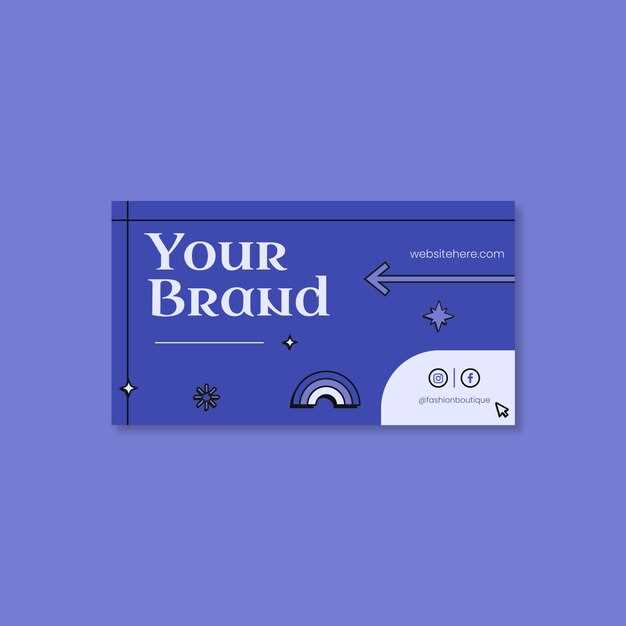
In today’s competitive market, businesses are constantly seeking innovative ways to enhance their visibility and connect with potential customers. One unique approach that has emerged is the use of license plate branding. This unconventional marketing strategy leverages the power of mobile advertising, transforming vehicles into powerful promotional tools that can capture attention wherever they go.
License plates, typically seen as mere identification numbers for vehicles, can be creatively redesigned to showcase a company’s logo, slogan, or contact information. By turning these small yet significant components of a vehicle into branding opportunities, businesses can reach a broader audience without incurring hefty advertising costs. Imagine a car driving through a busy city or parked in a crowded lot, its eye-catching license plate drawing the gaze of potential customers.
In this article, we will explore several license plate branding ideas that can help your business stand out from the crowd. From custom-designed plates that reflect your brand’s identity to clever messages that resonate with your target audience, these strategies aim to enhance brand awareness and drive customer engagement. Whether you’re a small local business or a larger enterprise, these innovative concepts can significantly boost your marketing efforts.
Creative License Plate Designs That Attract Attention
License plates serve as an innovative marketing tool that can enhance your brand visibility. To create designs that stand out, it’s essential to combine eye-catching visuals with clear messaging. Here are some creative ideas for license plate designs that are guaranteed to grab attention.
Firstly, consider using bold colors that align with your brand palette. Bright hues like orange, yellow, or electric blue can make your license plate pop against the typical backdrop of the road. Pairing these colors with high-contrast text ensures that your message is legible even from a distance.
Incorporating unique graphics or logos can also elevate your design. A striking image that represents your business can spark curiosity and draw in potential customers. For example, a food truck could feature mouth-watering images of their signature dishes, enticing passersby to stop and explore.
Another effective strategy is to utilize creative typography. Custom fonts can add personality to your design, making it memorable. Just be sure to keep the wording minimal and impactful. A catchy slogan or your business name are great examples of what to include, allowing it to be easily read and recognized.
Furthermore, consider utilizing personalization techniques like adding a custom message or seasonal themes. For instance, during holidays, a festive license plate can resonate with the public, creating an emotional connection and prompting action. Thematic designs can also position your business as relatable and approachable.
Using reflective materials can enhance visibility, particularly at night or in low-light conditions. A reflective license plate can not only stand out but also improve safety, making it a practical choice as well.
In conclusion, combining bold colors, unique graphics, distinctive typography, personalization, and reflective elements can create compelling license plate designs that effectively attract attention. Investing time and creativity into your license plate branding will ensure that your business is prominently featured wherever you go.
How to Use License Plates for Targeted Marketing Campaigns

License plates offer a unique and creative avenue for targeted marketing campaigns. By leveraging the visibility of vehicles and the personalization of license plates, businesses can effectively reach their target audience. Here are several strategies to consider.
Firstly, identify your target demographic. Understanding who you want to reach is crucial. Once you have your audience in mind, you can design license plates with messaging that resonates with their interests and values. For instance, a fitness brand could create custom plates related to healthy living, attracting health-conscious drivers.
Secondly, collaborate with local businesses or events. Partnering with organizations or sponsorship opportunities allows you to distribute custom license plates to potential customers. For example, sponsoring a local sports team and providing plates featuring the team’s logo can help you capture the attention of sports fans in your region.
Thirdly, use social media to amplify your campaign. Encourage customers to share photos of their vehicles with your branded license plates using a specific hashtag. This not only increases engagement but also promotes user-generated content, allowing your brand to reach a wider audience through participants’ networks.
Additionally, consider offering promotional incentives. Incentivizing customers to use your plates–such as discounts or rewards for showcasing your branding–can motivate more people to participate. This could include exclusive offers available only to those who display your branded plates.
Furthermore, implement an interactive component to your campaign. Create contests or challenges where participants can earn rewards for the most creative use of your license plates or the best photo featuring your branding. This approach fosters community involvement while enhancing brand visibility.
Lastly, monitor and analyze the impact of your campaign. Track metrics like social media engagement, brand awareness, and customer acquisition rates to evaluate the success of your license plate marketing efforts. Analyzing data can help refine future campaigns and optimize your strategy for even better results.
Measuring the Impact of License Plate Branding on Customer Engagement

Assessing the effectiveness of license plate branding requires a multifaceted approach. First, businesses must establish clear metrics to evaluate customer engagement, such as increased website traffic, social media interactions, or sales conversions attributed to the branding initiative.
Utilizing tracking tools like Google Analytics can help quantify changes in website traffic following the introduction of branded license plates. Specifically, businesses should monitor direct visitors who type in the URL, as well as referral traffic from social media channels where license plate images may have been shared.
A survey or feedback form can be implemented to gather insights directly from customers about how they discovered the business. This data helps identify if the license plate branding played a significant role. Analyzing customer demographics, purchase patterns, and preferences will provide a deeper understanding of branding effectiveness across different segments.
Social media engagement is another vital component. Tracking metrics such as likes, shares, comments, and mentions related to license plate campaigns can showcase the level of interest generated. Engagement metrics should be compared before and after launching the branding strategy to measure growth in audience interaction.
Lastly, monitoring sales trends during and after the branding campaign allows businesses to assess direct and indirect impacts on revenue. An uplift in sales during specific periods can point to successful customer engagement driven by the license plate branding efforts.
